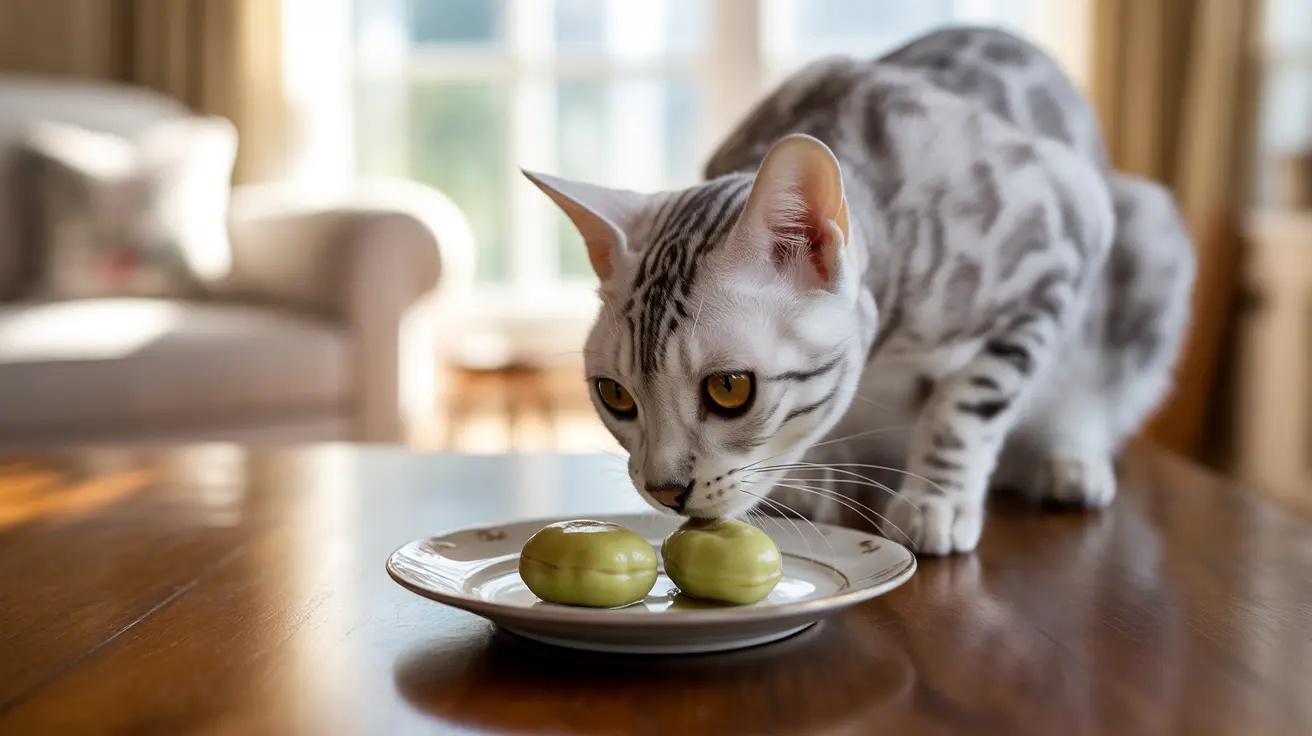If you're wondering whether lima beans are safe for your feline friend, it's important to understand both the potential benefits and risks. While cats can technically eat cooked lima beans in small amounts, these legumes aren't an ideal treat for your pet. Let's explore everything you need to know about feeding lima beans to cats and what alternatives might be better suited for your furry companion.
Understanding Cats' Nutritional Needs
Cats are obligate carnivores, which means their bodies are designed to thrive on animal-based proteins. Unlike humans or even dogs, cats have specific dietary requirements that can't be met through plant-based foods alone. Their digestive systems are specially adapted to process meat, and they require certain nutrients, like taurine, that are only found in animal proteins.
Safety Considerations When Feeding Lima Beans to Cats
While cooked lima beans aren't toxic to cats, several important safety factors must be considered:
Proper Preparation is Critical
Lima beans must be thoroughly cooked before offering them to your cat. Raw or undercooked lima beans contain linamarin, a compound that can convert to cyanide in the digestive system. Additionally, they contain lectins that can cause digestive upset.
Serving Guidelines
- Never add seasonings, salt, or oils
- Cook thoroughly until soft
- Serve in very small portions (no more than 1-2 beans)
- Offer only occasionally as a treat
Potential Health Risks
Digestive Issues
Even when properly prepared, lima beans can cause several digestive problems in cats:
- Bloating and gas
- Stomach upset
- Diarrhea
- Decreased appetite for regular food
Nutritional Concerns
Regular consumption of lima beans might lead to:
- Imbalanced nutrition
- Reduced intake of essential animal proteins
- Weight management issues
- Potential vitamin deficiencies
Better Alternatives to Lima Beans
Instead of lima beans, consider these safer and more nutritious treats for your cat:
- Small pieces of cooked chicken or turkey
- Tiny bits of cooked fish (without bones)
- Commercial cat treats formulated for feline nutrition
- Small amounts of cooked egg
When to Contact Your Veterinarian
Seek immediate veterinary care if your cat shows any of these symptoms after consuming lima beans:
- Excessive vomiting or diarrhea
- Lethargy or weakness
- Rapid breathing
- Unusual drooling
- Signs of distress or discomfort
Frequently Asked Questions
Can cats safely eat lima beans and how should they be prepared?
Cats can safely eat lima beans only when they're thoroughly cooked and completely plain - no seasonings, salt, or oils. They should be served in very small amounts (1-2 beans maximum) and only as an occasional treat.
What are the health risks of feeding raw or undercooked lima beans to cats?
Raw or undercooked lima beans contain harmful compounds like linamarin (which can convert to cyanide) and lectins. These can cause serious health issues including vomiting, diarrhea, and in severe cases, cyanide poisoning.
How much lima beans can I give my cat without causing digestive issues?
If offering lima beans, limit portions to 1-2 cooked beans maximum, no more than once or twice a month. Even this small amount might cause digestive upset in some cats, so monitor your pet carefully.
Are lima beans nutritionally beneficial to cats compared to animal protein?
No, lima beans offer limited nutritional benefits for cats compared to animal protein. While they contain some nutrients, cats cannot properly digest or utilize plant-based proteins as effectively as animal proteins.
What are safe alternative human foods to feed cats instead of lima beans?
Better alternatives include small pieces of cooked chicken, turkey, or fish (without bones), tiny amounts of cooked egg, or commercially prepared cat treats designed specifically for feline nutrition.
Conclusion
While cats can technically eat lima beans in small amounts when properly prepared, they're not an ideal treat choice for your feline friend. Instead, focus on providing your cat with a balanced, meat-based diet and choose treats specifically formulated for cats' nutritional needs. If you're considering adding any human food to your cat's diet, always consult with your veterinarian first.






